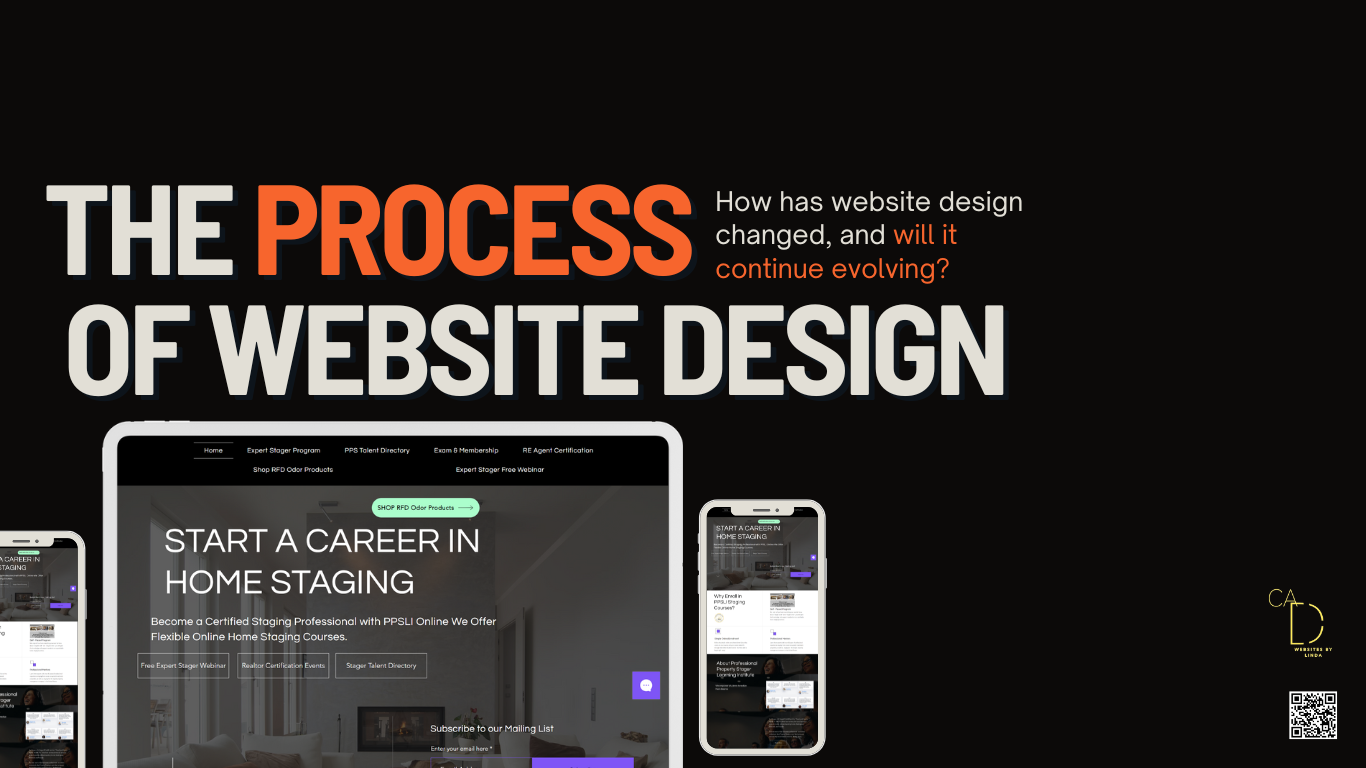

Minimalistic Website Design: Another part of the interface will demonstrate minimalism, with simple, elegant layouts and a focus on space, color, and typography.
The comprehensive overview you've provided spans a wide range of topics in web design, each offering unique insights and challenges. Here's a condensed synthesis of your extensive text, focusing on the key themes:
Segmented Sections: Each section of the text will be represented by different elements integrated into the web design interface.
Chatbots: Automate customer interaction, customizable to brand identity.
Responsive VR and AR Web Experiences: Developing responsive VR and AR web experiences that adapt to various devices and environments, offering immersive and interactive possibilities.
3D Elements in Design: Add visual depth but must balance with performance.
Interactive 360-Degree Views: Incorporating interactive 360-degree views, especially in real estate and e-commerce, to provide users with immersive and detailed visual experiences.
To create a unique interpretation of this text, we can envision a conceptual artwork that visually represents the essence of modern website design in the context of Washington DC's diverse business environment. This artwork will blend elements of digital technology, creativity, and the urban landscape of DC to illustrate the dynamic role of website designers in today's digital era.
Sustainable and Low-Impact Web Design: Emphasizing sustainable and low-impact web design, reducing the environmental footprint of digital products and services.
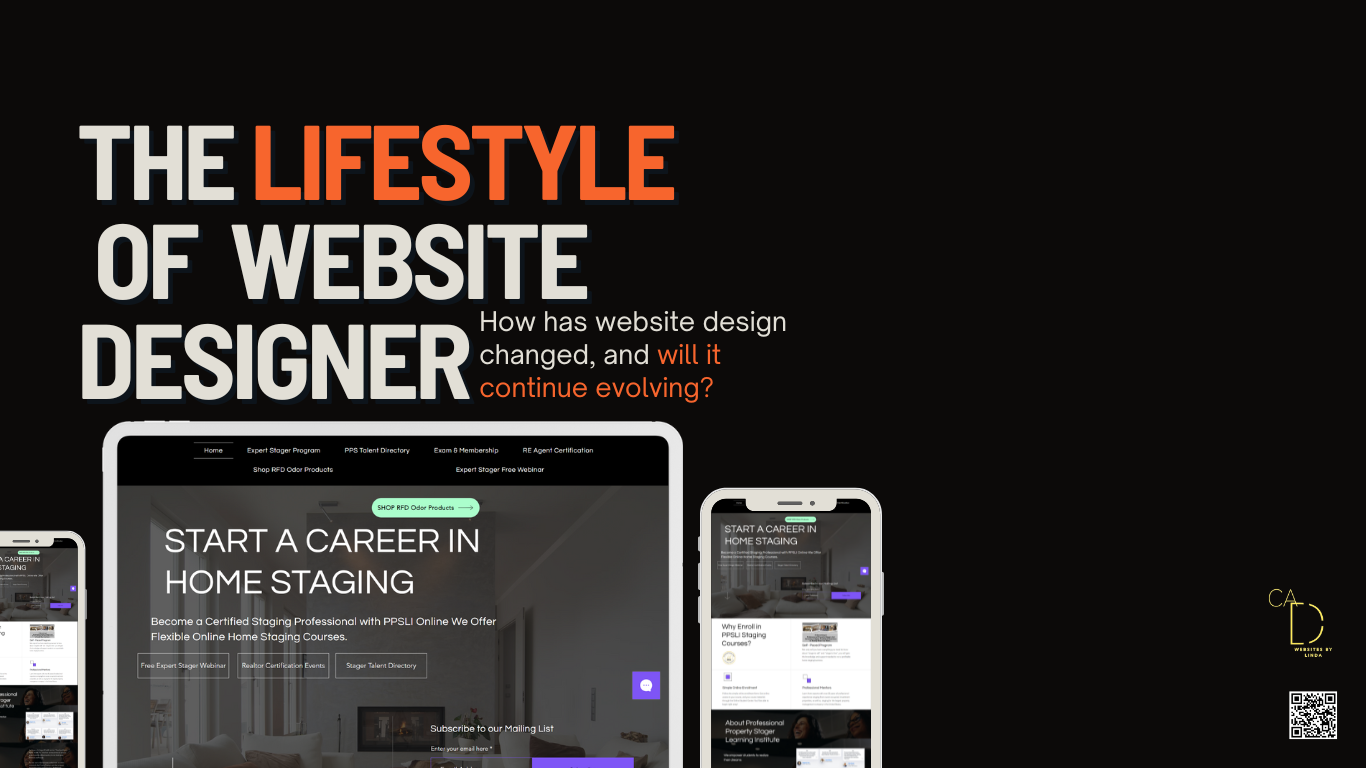
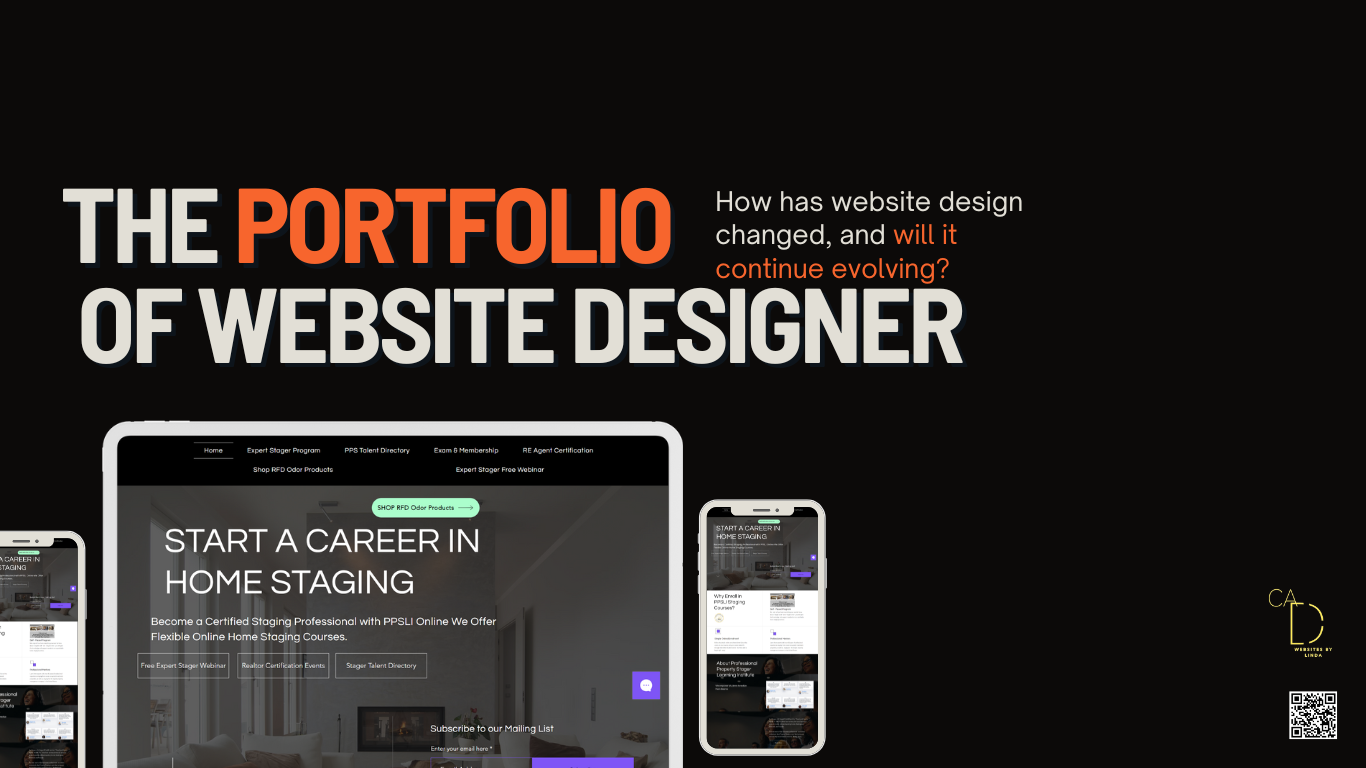
Parallax Scrolling in Design: Adds depth and engagement but should be used judiciously to avoid navigation issues.
Design Thinking in Problem Solving: Applying design thinking methodologies in problem-solving, focusing on user-centric solutions in web design and development.
Podcasts: Expand content offerings, embedding episodes directly on websites.
API Integration in Web Design: Seamlessly integrating various APIs to enhance functionality, such as social media integration, payment gateways, or third-party services.
Finally, the complexities of e-commerce website design will be represented by user-centric shopping experiences, showcasing easy navigation, seamless cart processes, and website security, all crucial for a successful online store.
Responsive Audio Design: Incorporating responsive audio design, where sound adapts to user interactions and device capabilities, enhancing the auditory experience on the web.
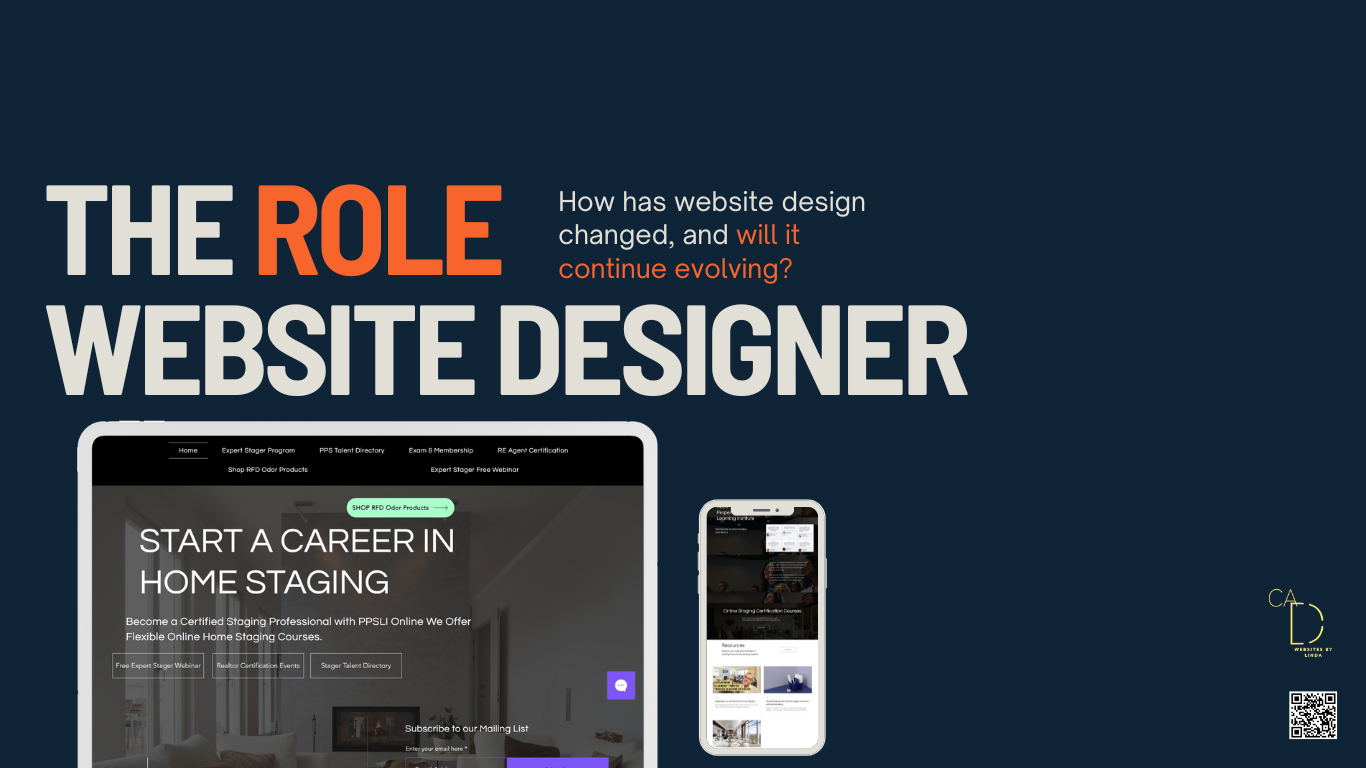

Micro-Moments in User Experience: Designing for micro-moments, focusing on delivering the right content at the right time based on user intent and context.
Localized Web Design for Global Markets: Tailors design and content to regional cultural and language preferences, enhancing global user experience.
This composition will be a blend of a website interface and symbolic representations, creating a unique and visually engaging depiction of the themes described in the text.
Evolution of Color Schemes: Reflects brand identity and mood, with adaptive color schemes offering personalized experiences.
Web Design for Non-Profit Organizations: Creating impactful and compelling web designs for non-profit organizations, focusing on storytelling and user engagement to drive awareness and action.
Predictive User Interfaces: Implementing AI-driven predictive interfaces that anticipate user needs and offer relevant suggestions or actions, enhancing user experience through personalization.
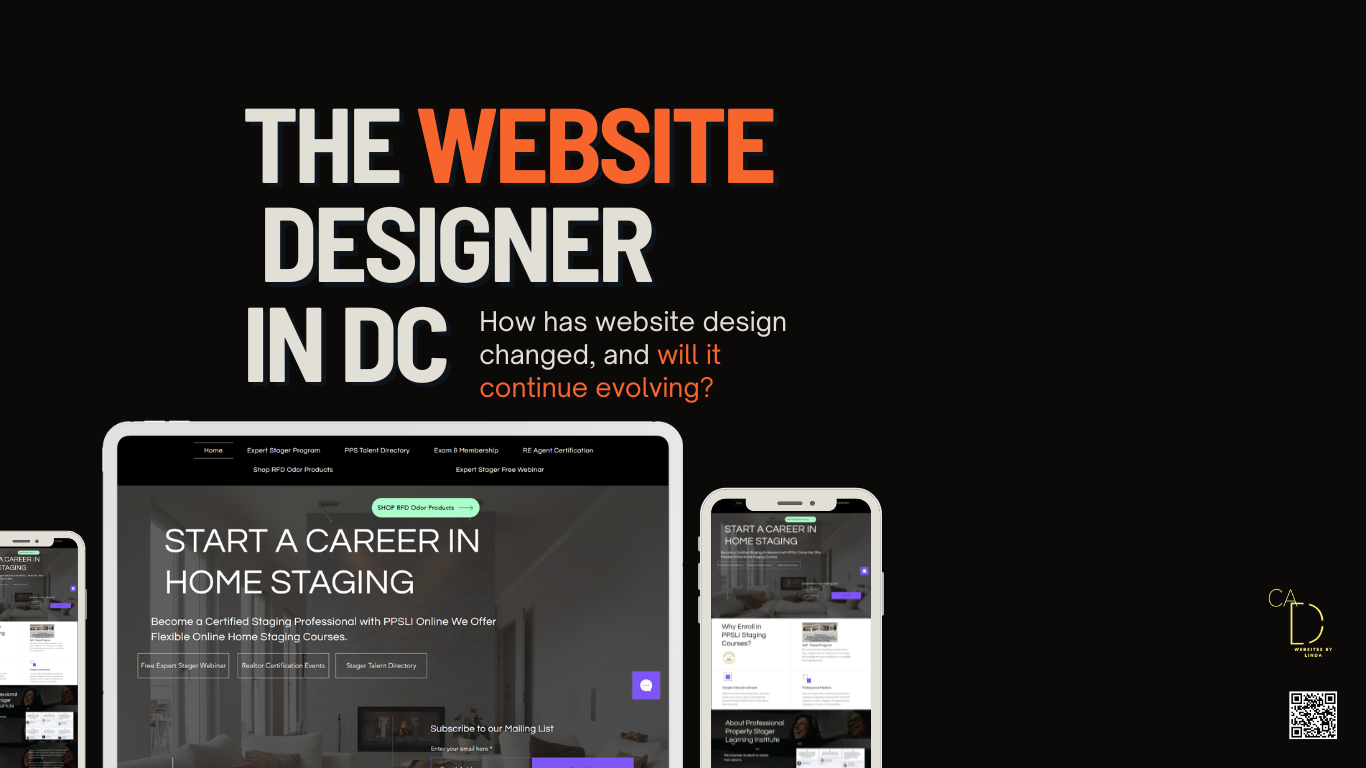
Hourly Rate Reasonably skilled freelance web designers make about $75 per hour. This figure can vary, though, according to CSS-Tricks. Website Builder Expert estimates that the cost to design a website is $30 to $80 per hour, while the cost to actually develop the website is $100 to $180 per hour.
A web designer creates the layout and design of a website. In simple terms, a website designer makes a site look good. They use design programmes to create visual elements and usually have expertise in user interface (UI), which means they strategically design a site that's intuitive and easy for visitors to navigate.
Google Web Designer is a free software tool available for download on both Windows and Mac computers. It does not have any subscription plans or pricing tiers, and users can access all of its features and functionality at no cost.